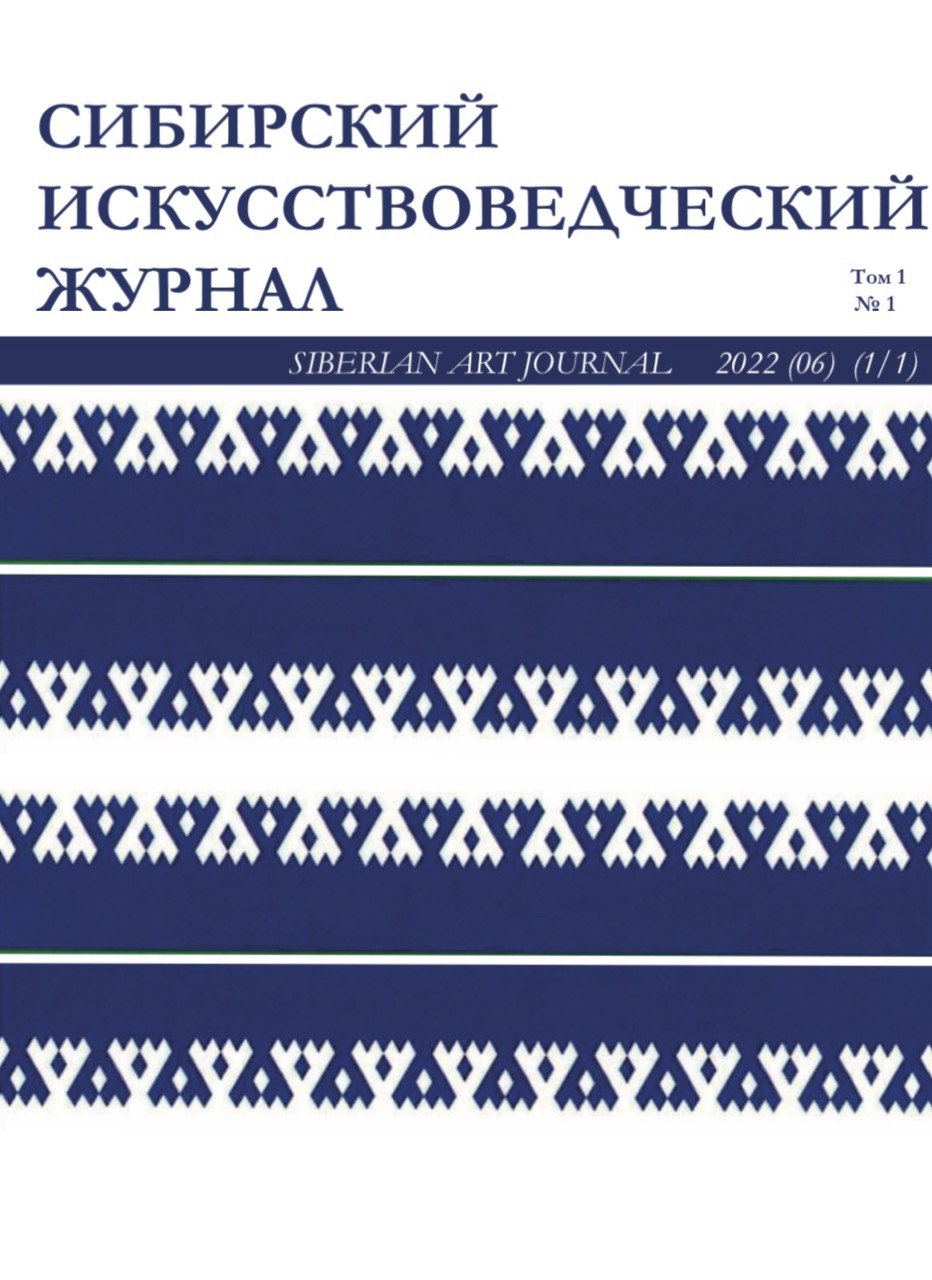Russian Federation
This article explores the transformation of Vietnamese lacquer from a traditional craft material into a modern artistic medium, focusing on the period from 1900 to 1945. Initially, varnish was used primarily for the manufacture of handicrafts, such as religious objects, screens and decorative elements, due to its strength and splendor. However, the founding of the Indochina School of Fine Arts in 1925 was an important milestone, encouraging Vietnamese artists to explore the potential of lacquer in easel painting. Under the guidance of French teachers such as Victor Tardieu and Joseph Ingimberti, art pioneers including Nguyen Xia Chi, To Ngoc Wan, Nguyen Tuong Lan, Chan Van Can, and lacquer masters Dinh Van Thanh began experimenting with innovative techniques such as mixing varnish with rosin, which allowed for faster drying and polishing. Later, they developed layering and polishing techniques, which gave the lacquer works depth and richness of shades, while reflecting the spirit and cultural identity of Vietnam. This study analyzes important technical and aesthetic aspects of the transformation of Vietnamese lacquer from a craft material to an artistic one, and highlights the role of the Indochinese School of Fine Arts and innovative artists in shaping the modern style of lacquer painting. The results show that lacquer has become not only a traditional material, but also an independent artistic medium, a unique cultural symbol that has helped strengthen the status of Vietnamese art in the international arena.
Vietnamese lacquer painting, lacquer as an artistic material, traditional crafts, fine art
1. Nguyễn, Q. (2005). Con mắt nhìn cái đẹp, Hà Nội, Nhà xuất bản Mỹ thuật. Hanoi: Fine Arts Publishing House, 159. [In Vietnamese].
2. Nguyễn, Q. (2006). Ngôn ngữ của hình và màu sắc, Hà Nội, Nhà xuất bản Văn hoá – Thông tin. Hanoi: Culture and Information Publishing House, 138. [In Vietnamese].
3. Quang, V. (2014). Hội hoạ Sơn mài Việt Nam, Hà Nội, Nhà xuất bản Mỹ thuật. Hanoi: Fine Arts Publishing House, 190. [In Vietnamese].
4. Thái Bá Vân. (2009). Tiếp xúc với nghệ thuật, Hà Nội, Nhà xuất bản Mỹ thuật. Hanoi: Fine Arts Publishing House, 759. [In Vietnamese].
5. Trương, M. H. (2006). Làng nghề thủ công mĩ nghệ miền Bắc, Hà Nội, Nhà xuất bản Mỹ thuật. Hanoi: Fine Arts Publishing House, 119. [In Vietnamese].
6. Phạm, Đ. C. (2005). Kỹ thuật Sơn mài, Hà Nội, Nhà xuất bản Văn hoá – Thông tin. Hanoi: Culture and Information Publishing House, 207. [In Vietnamese].
7. Vương, H. L. (2023). Nguyên lý hội hoạ đen trắng, Hà Nội, Nhà xuất bản Hồng Đức. Hanoi: Hong Duc Publishing House, 304. [In Vietnamese].
8. Triệu Khắc Tiến. (2022). Nghệ thuật sơn mài Việt Nam và Nhật bản, những giao thoa kỹ thuật đầu thế kỷ XX, Hà Nội. Hanoi, 11. [In Vietnamese].





